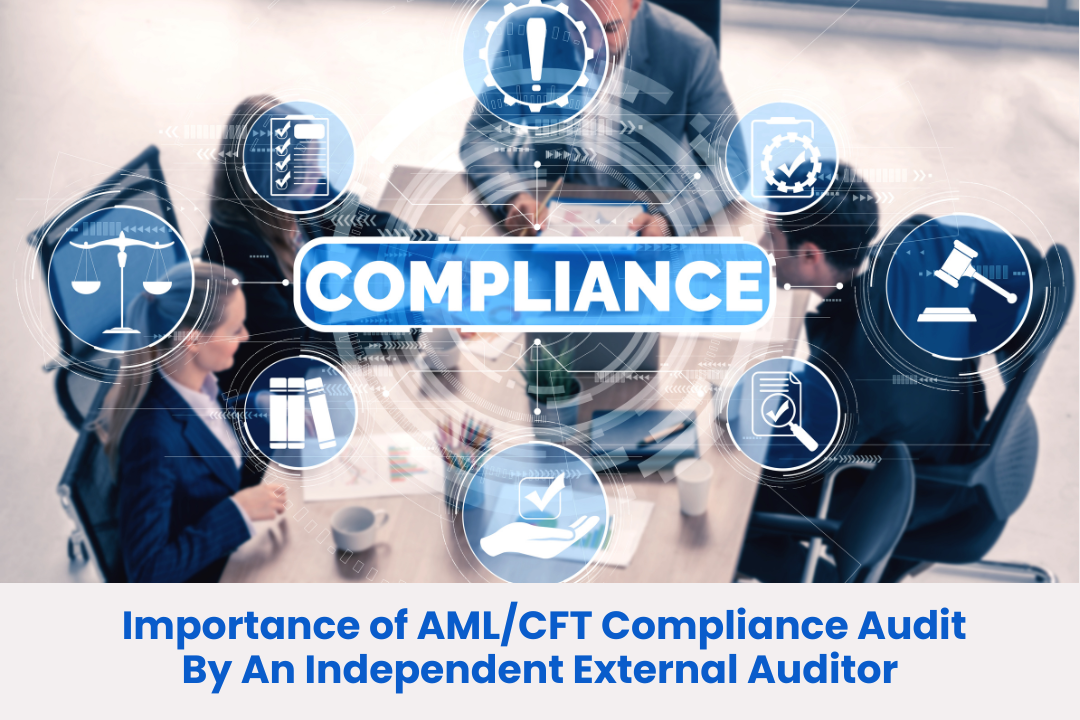The economic climate which takes into account the influence of money laundering as well as financing terrorism has increasingly tended to complicate areas of doing business. It becomes essential for organizations to carry out periodic evaluations of their institutions in terms of business risks relating to Anti-Money Laundering (AML) and Counter Financing of Terrorism (CFT).
Risk Assessment for AML/CFT Businesses:
For instance, one needs to ascertain the threats of all money laundering and terrorism financing on an overall basis while assessing business risks associated with money laundering, terrorist and proliferation financing. The other risk assessors usually define, rank, and assess risks localized to an organization in possible customer, geographical, and product/service risks with possible mitigants.
The Significance of the Money Laundering and Terrorist Financing Risk Assessment:
Compliance with Regulations, Reputation Protection and Avoid Losses in Finance:
Regular risk assessment to comply with the AML/CFT regulations. The following must be done:
- Risk identification and assessment in the areas of money laundering and terrorist financing
- Controls and procedures realization to mitigate the identified risks
- Regular reviews and updates of the risk assessment, so that it will stay relevant and accurate
- Keeping complete records of the risk assessment concerning assumptions, methodologies, and findings.
Guidelines for AML/CFT Business Risk Assessment.
1. Identify Risk Factors
Identifying the risk factors associated with customer, product, service, or geographic location risks refers to:
- Customer due diligence for the identification of high-risk customers
- Risk associated with different products and services offered
- Risk associated with different geographic locations
- Identification of possible risk factors, including unusual transaction patterns or suspicious activity
2. Risk Level Assessment
Assess their likelihood and potential impact:
- Risk rating to be assigned to each risk factor, based on its likelihood and potential impact
- Evaluate possible effects of each risk factor, e.g., reputational damage and financial losses
- Identify possible strategies for the mitigation of risks, such as the introduction of other controls or procedures
3. Mitigation of Risk
Introduce controls/procedures to mitigate identified risks. This entails:
- Introduction of additional controls/procedures to mitigate identified risks
- Regular monitoring and reviewing the effectiveness of the mitigation strategies
- Keeping accurate records of risk mitigation strategies including implementation and effectiveness
4. Monitor and Review
To keep it fresh and accurate, update and validate the risk assessment regularly. This would include:
- Reviews of the risk assessment on a timely basis to ensure it remains relevant and accurate
- Changes in the business or regulatory environment reflected in the updated risk assessment
- Accurate records kept of the risk assessment, along with the history of reviews and updates made.
Good Practices Regarding Risk Assessment of the Business from AML/CFT Point of View
1. Creativity on a Risk-Based Principle
Such an exercise identifies high-risk areas, such as high-risk customers or transactions, and proportionately applies controls-thrusts like additional monitoring or reporting and reviews it regularly.
2. Stakeholder Participation
Involving necessary stakeholders among them are compliance officers and risk managers, as well as business leaders. It’s about:
- Identifying the relevant stakeholders, such as compliance officers, risk managers, and business leaders
- Including those stakeholders in the process of risk assessment they’ll identify and mitigate risks
- Keeping accurate records of stakeholder engagement, including their roles and responsibilities.
3. Use Data and Analytics
Use data and analytics to identify and assess risks. This includes:
- Obtaining and analyzing transaction activity and customer behavior
- Performing data analytics to identify potential risks such as unusual patterns of transactions or activities.
- Maintaining proper documentation of the data and analytics, including their involvement in risk assessment and mitigation.
4. Document and Report
As such, the documentation is kept in order and submitted to relevant stakeholders. Accurate records of the risk assessment, including methodology, findings, recommendations, and reports on those findings to the stakeholders, which include Compliance Officers Risk Managers, and Business Leaders, are maintained. Such records and reports are, however, kept accurate, complete, and up to date.
Conclusion
Every organization needs to conduct proper business risk assessments relating to money laundering and terrorist financing. All organizations are encouraged to adopt measures and best practices elaborated in this blog in order to comply with regulations while also protecting their name against any eventual monetary losses.











